The content of the article
The graceful snake lives quietly away from the person, keeping its amazing secrets for dedicated people who are interested in studying her life and habits. She is not aggressive, she tries not to show her eyes, leading mainly a nocturnal lifestyle. The snake also has its own tragedy associated with getting to the island of Guam.
Acrobat among tree snakes
It does not cause much harm to humans, since it is part of the family of the same and its bite is not fatal. Its feature is the structure of poisonous teeth. They are fixed in the back of the upper jaw and are motionless. The structure of the body of the snake allows you to do amazing things. She is able to overcome airborne distances equal to half the length of her body. And since there is up to 3 meters from nose to tail in large individuals, the distance between objects reaches 1.5 meters.
The body color of snakes of this species ranges from a plain brown to motley, in a playful bright strip. The size varies within 1.5 meters, but a specimen reaching 3.1 m was caught and studied.
The habitat captures Indonesia, New Guinea, Australia, Solomon Islands.
Breeding and growing up
During the season, the female can lay eggs twice. It all depends on her physical condition and weather. For masonry, a warm, dry hollow is chosen, the number of eggs ranges from 4 to 12, in the classic version there are 7. The incubation period lasts 76 days, if the cooling occurs, it will increase by 2 weeks. Hatched snakes are 33 - 40 cm in length. Their maturity does not depend on years lived, but on the length of the body. They are considered adults, reaching 1 meter in length.
Ecological disaster on the island of Guam
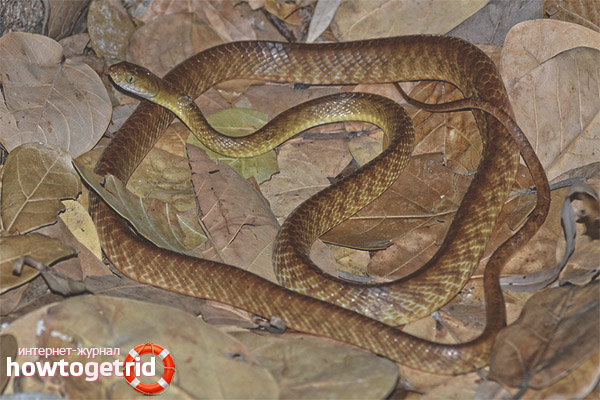
70 years ago, a brown booga from its usual habitat hit the island of Guam. Whether it was accidentally brought in the hold of a ship or released intentionally is now unknown. But quickly having bred, the snakes ate everything they could reach. Of the 12 species of birds, 3 remained, lizards and bats almost disappeared. It got to the point that snakes did not disdain frogs. They did not have natural enemies on the island, so the number was growing rapidly, reaching in some places 100 individuals per 1 ha. Boya's unique ability to overcome horizontal gaps played a cruel joke with them. Snakes began to hang on power lines and break off wires, after which the population of the island was regularly left without light. In search of food, they crawl into transformer booths, disrupting the operation of equipment. Zoologists are looking for ways to curb the population on the island, but so far there are no tangible results. The only thing that can be done is to prevent the species from spreading to other islands.
Interesting Facts
Brown boogies calmly allow you to observe yourself in natural conditions, therefore, the following facts are reliably known:
- Snake venom is not fatal to humans, although it gives a lot of unpleasant sensations when bitten.
- The body structure allows the boy to rise vertically to 82% of the body length.
- It freely reaches any bird’s nest, flying up to 1, 5 meters of space horizontally.
- It is very rare in captivity.
Any animal must be respected, not provoked, and then the snakes will also behave calmly. Beautiful and graceful, brown boyga is a decoration of the jungle, surprising with its extraordinary abilities.
Video: Brown Boyga (Boiga irregularis)

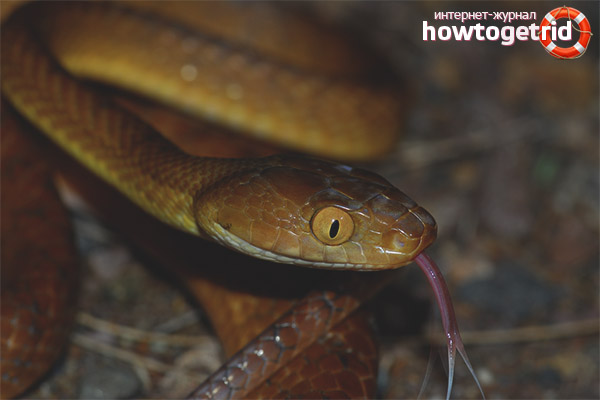
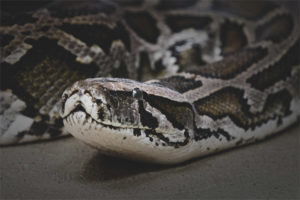
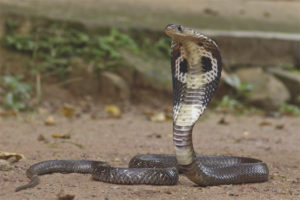

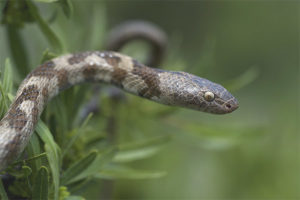
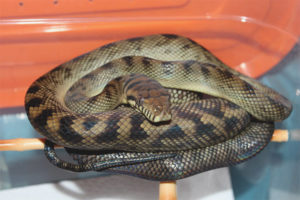
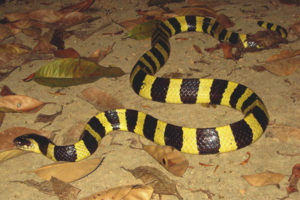
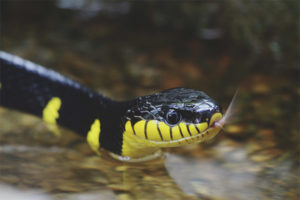
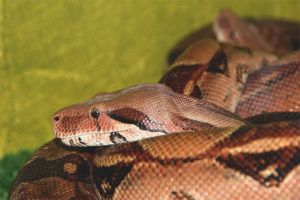
Submit